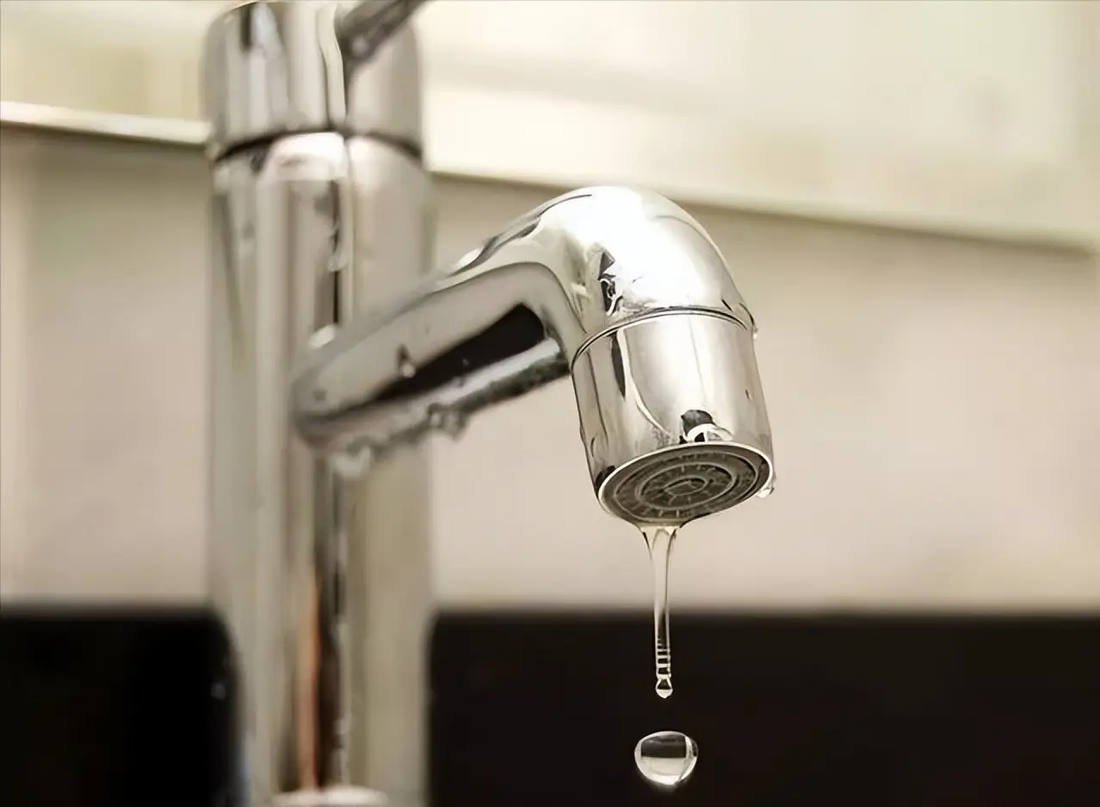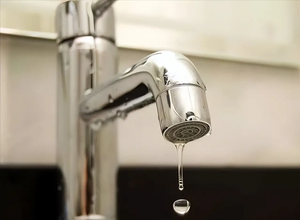
The inspection methods and standards for faucets Inspection and certification services for factories and products
Water is the source of life, and it is indispensable for every household. In daily life, household tap water is mainly used through various faucets, including sink faucets, bathtub faucets, kitchen faucets, shower faucet, water purifier faucet, and small faucets, etc. If the quality of the faucet is not up to standard, it is very likely to cause water leakage or even a "water flood" situation, seriously affecting home safety. So, how can we conduct scientific and comprehensive inspection of faucets? What key inspection items and standards are there during the inspection process? This article will introduce the inspection methods and inspection standards of faucets in detail, providing practical references for quality control, procurement acceptance, and inspection factory audits.
I. Scope of Application
This standard specifies the technical requirements, testing methods, and testing rules for faucets. It is applicable to various common faucet products, including basin faucets, bathtub faucets, kitchen faucets, shower basin faucets, water purification faucets, and small faucets.
II. Reference Standards
This standard references several national and industry standards. The latest versions of these standards are applicable to the actual operations during the inspection and testing process:
GB/T 2828-2003 "Counting Sampling Plan for Batch-by-Batch Inspection and Sampling Tables" (Applicable to Continuous Batch Testing)
GB/T 2829-2003 "Periodic Inspection Count Sampling Procedures and Sampling Tables" (Applicable for Verification of Production Process Stability)
GB/T 3826-1999 "Neutral Salt Spray Test (NSS) Method"
GB/T 3832 "Evaluation of Corrosion Test Results for Metal Coatings of Light Industrial Products"
Q/HTL005-2007/10 "Inspection Standards for Electroplated Products"
III. Term Definitions
3.1 Single-handle: Refers to a faucet where the flow rate and temperature of hot and cold water are controlled by a single handle.
3.2 Dual-handle: Features two separate handles for controlling hot and cold water respectively.
3.3 Single control: Controls a single water supply path.
3.4 Dual control: Controls two water supply lines.
3.5 Single-handle dual control: One handle controls both water supply lines simultaneously.
3.6 Dual-handle dual control: Two handles control two water supply lines respectively.
IV. Surface Area Division
Based on the degree of visibility of the product after installation, its surface is divided into the main exposed area, the secondary exposed area, and the area that is not easily visible. The specific divisions are as follows (see Table 1). This classification helps determine the key inspection areas and the acceptable standards for defects.
V. General Requirements
5.1 Safety: The product surface must be free of burrs and sharp edges, and there should be no safety hazards after installation.
5.2 Appearance Quality:
The electroplated surface must comply with the relevant provisions of Q/HTL005-2007/10.
The colors of materials such as hoses and gaskets must be consistent with the sample, without any cracks, defects, obvious color differences or dirtiness.
5.3 Structural Consistency: The product structure is consistent with the sample, and the dimensions meet the design requirements.
5.4 Thread Compatibility:
The thread specification is correct, without any defects such as broken teeth or dents.
The hose fits smoothly with the screw holes on the base, achieving the desired accuracy.
The faucet holes of the bathtub and the curved foot screws are installed smoothly.
5.5 Component completeness: The contents of the accessory package must be consistent with the packaging details, with no errors or omissions in terms of type, specification, and quantity.
5.6 Packaging standardization: It complies with the packaging sample or details, including stacking methods and protective materials, etc.
VI. Inspection Methods and Key Points of Operation
6.1 Safety Inspection: Conduct visual and tactile inspections to eliminate burrs and sharp edges.
6.2 Appearance Inspection:
The electroplated parts should be inspected under a 220V/50Hz/40W fluorescent lamp. The inspectors should have an eye vision of ≥ 1.2, and the inspection distance should be 45 ± 5 cm for visual inspection.
The hose and gasket accessories are also tested under the above conditions.
6.3 Structural and Specification Inspection: Compare with the sample, measure the key dimensions using calipers and other tools.
6.4 Thread Compatibility Inspection: Conduct visual inspection combined with trial fitting, and use thread gauges or calipers for auxiliary measurement when necessary.
6.5 Accessories Inspection: Verify the types, quantities, and packaging methods, and measure the key accessory dimensions.
6.6 Packaging Inspection: Acceptance is carried out visually according to the detailed list.
6.7 Installation Surface Flatness Inspection: Use a flat plate and gauge to detect, ensuring that the installation contact surface is flat.
6.8 Switch Operation Performance: Check the flexibility and jamming of the switch by hand, and visually inspect whether the action mechanism is normal.
6.9 Cold and Hot Mark Inspection: The mark position is correct, the printing is firm, and it is not prone to falling off.
6.10 Sealing Performance Test: Usually, a water pressure test device is used, and a standard pressure (such as 0.4 - 0.6 MPa) is applied for a continuous duration test to check for leakage.
VII. Key Control Points in Factory Inspection and Goods Verification
During the actual inspection process, the following aspects need to be closely monitored:
Inspection of raw materials upon entry (Incoming material quality control)
Corrosion resistance test of electroplating layer (such as salt spray test);
Life test (switch fatigue test)
The sampling plan is carried out in accordance with GB/T 2828, and the AQL (Acceptable Quality Limit) is determined.
Full inspection or random sampling of pressure sealing performance before leaving the factory;
Are the labels, instructions, environmental protection and material compliance documents complete?
Conclusion:
Although the faucet is small, it directly affects the water usage experience and safety of every household. By strictly implementing the above inspection standards and methods, defects can be effectively identified and quality can be controlled before factory inspection and shipment, avoiding losses caused by problems such as faucet leakage. It is recommended that purchasers, quality inspectors, and factory inspectors fully grasp these inspection points to ensure that the products comply with national and industry standards and enhance user satisfaction.
分享这个商品

The inspection methods and standards for faucets Inspection and certif
If the quality of the faucet is not up to standard, it is very likely to cause water leakage, which seriously endangers safety.
